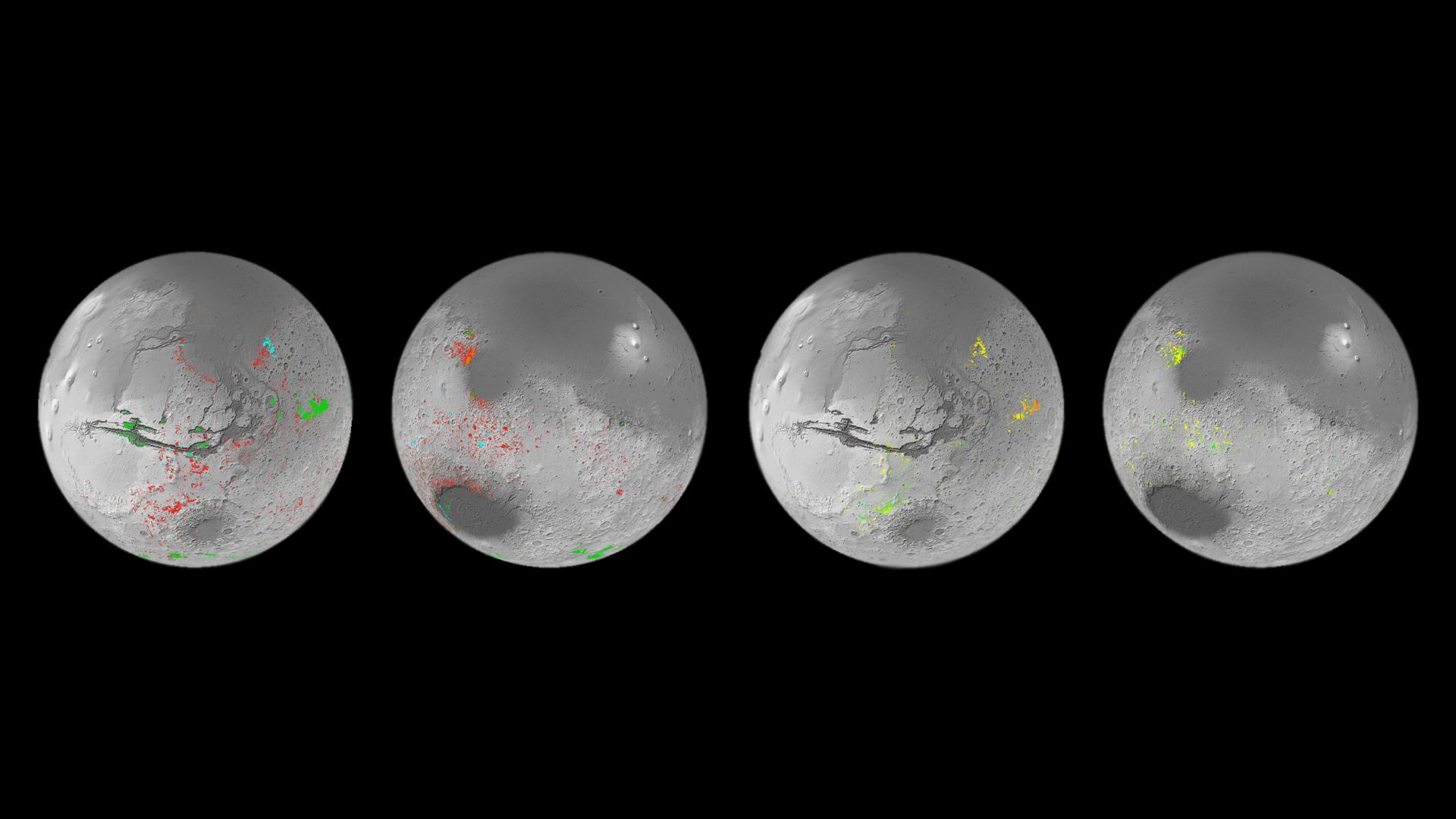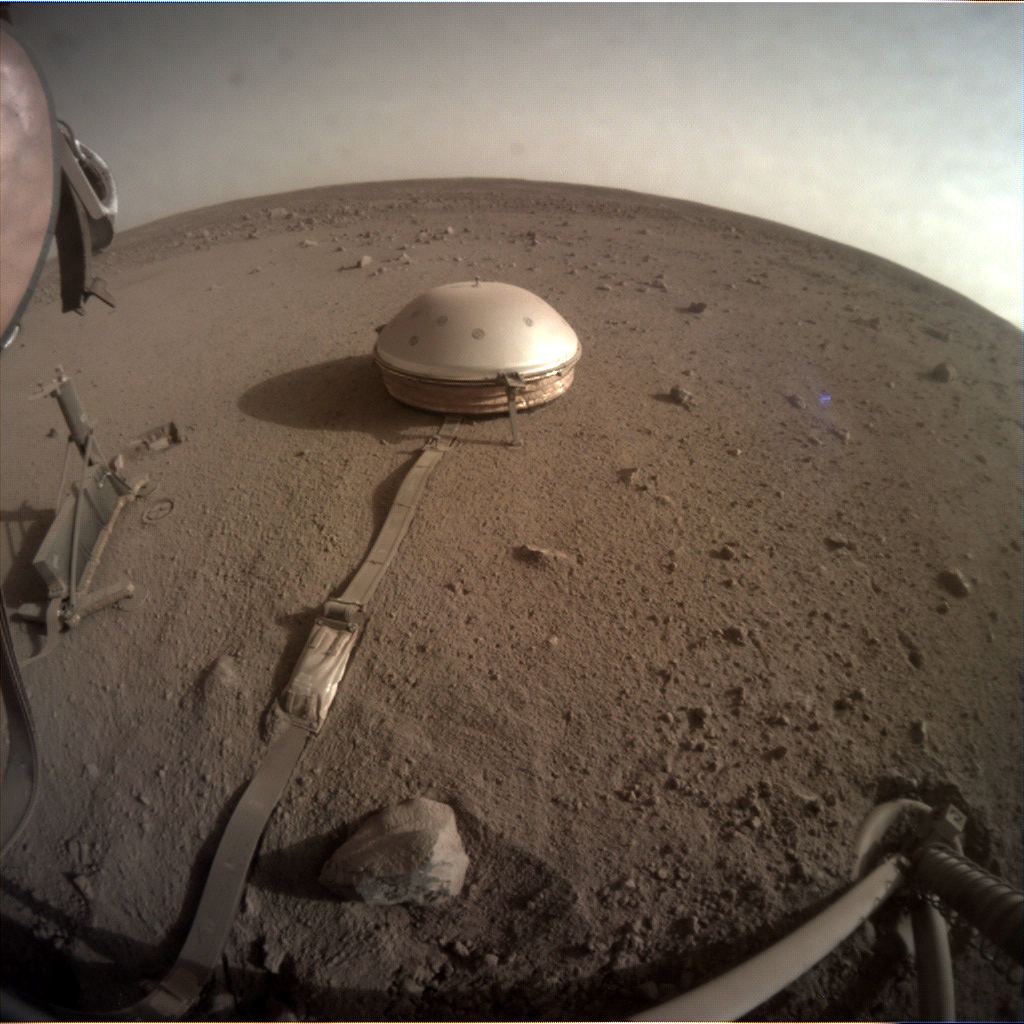In the coming decades, multiple space agencies and private companies plan to establish outposts on the Moon and Mars. These outposts will allow for long-duration stays, astrobiological research, and facilitate future Solar System exploration. However, having crews operating far from Earth for extended periods will also present some serious logistical challenges. Given the distances and costs involved, sending resupply missions will be both impractical and expensive. For this reason, relying on local resources to meet mission needs – aka. In-Situ Resource Utilization (ISRU) – is the name of the game.
The need for ISRU is especially important on Mars as resupply missions could take 6 to 9 months to get there. Luckily, Mars has abundant resources that can be harvested and used to provide everything from oxygen, propellant, water, soil for growing food, and building materials. In a recent study, a Freie Universität Berlin-led team evaluated the potential of harvesting resources from several previously identified deposits of hydrated minerals on the surface of Mars. They also presented estimates of how much water and minerals can be retrieved and how they may be used.
Continue reading “Resources on Mars Could Support Human Explorers”










